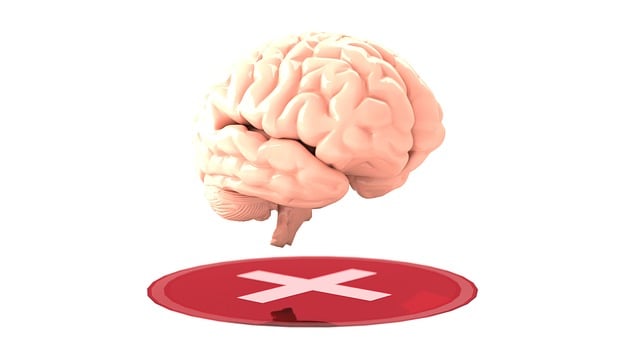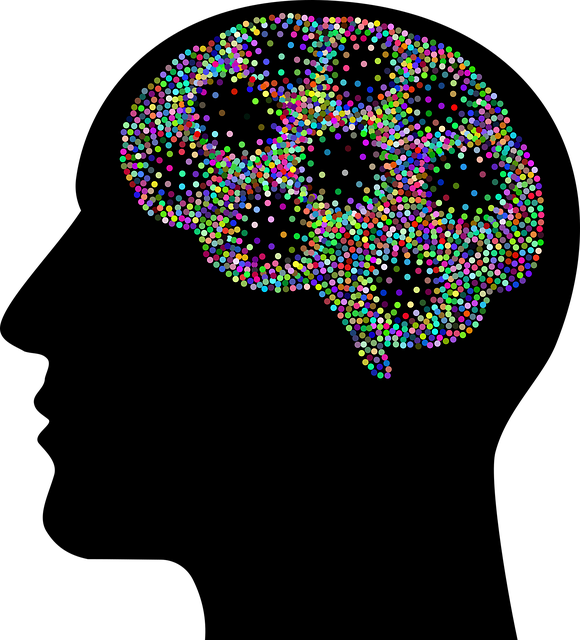Risk assessment and harm minimization are vital tools in child therapy, especially for addressing sensitive issues like sexual dysfunction. These practices involve evaluating potential risks and implementing strategies to promote healing while preventing re-traumatization. A comprehensive approach, aligned with mental health initiatives like awareness campaigns and wellness coaching, enhances therapy outcomes for children experiencing sexual dysfunction. Early recognition, multi-faceted therapy approaches (individual counseling, family therapy, play therapy), and holistic, evidence-based strategies are crucial. Mental health policy analysis ensures accessible, adequately funded services, fostering trust and open communication for positive outcomes.
Risk assessment and harm minimization are crucial aspects of child therapy, especially when addressing complex issues like sexual dysfunction. This comprehensive guide explores the essential practices in understanding and managing these risks effectively. We delve into the process of identifying potential harms and developing strategic plans for safe and effective treatment. By implementing these steps, therapists can ensure a supportive environment, foster positive outcomes, and provide specialized care for children experiencing sexual dysfunction.
- Understanding Risk Assessment and Harm Minimization in Child Therapy
- Identifying and Addressing Sexual Dysfunction in Children
- Developing a Comprehensive Plan for Safe and Effective Treatment
Understanding Risk Assessment and Harm Minimization in Child Therapy

In child therapy, risk assessment and harm minimization planning are critical components aimed at ensuring the safety and well-being of young clients, especially when addressing sensitive issues like sexual dysfunction. This process involves a thorough evaluation of potential risks associated with a child’s mental health condition and behavior, enabling therapists to implement appropriate strategies for mitigation. By integrating these practices into therapy sessions, professionals can create a supportive environment that promotes healing while minimizing any adverse effects or re-traumatization.
The concept aligns with broader efforts in the mental health field, such as the development of public awareness campaigns and mental wellness coaching programs, all geared towards fostering healthy minds. Risk management planning for mental health professionals is an integral part of this process, ensuring that therapists are equipped to handle diverse challenges effectively. This proactive approach not only enhances therapy outcomes but also underscores the importance of addressing childhood sexual dysfunction with care, empathy, and specialized techniques tailored to each child’s unique needs.
Identifying and Addressing Sexual Dysfunction in Children

Sexual dysfunction in children is a complex issue that requires careful identification and tailored intervention strategies. Early recognition is paramount, as it allows for prompt addressing and potential prevention of long-term mental health challenges. Many factors can contribute to this, including physical, emotional, or traumatic experiences, making it essential to conduct thorough assessments involving parents, caregivers, and healthcare professionals.
Therapy for children with sexual dysfunction often involves a multi-faceted approach. This may include individual counseling sessions, family therapy, and play therapy to help children process their emotions and experiences in a safe and supportive environment. Mental health awareness and policy analysis play significant roles here, as they advocate for the normalization of discussions around sexual health and mental wellness, ensuring that these services are accessible and adequately funded.
Developing a Comprehensive Plan for Safe and Effective Treatment

When developing a therapy plan for children experiencing sexual dysfunction, a comprehensive approach that prioritizes safety and effectiveness is paramount. This involves a multi-faceted strategy tailored to the unique needs of each child. Professionals should incorporate evidence-based practices and Mind Over Matter principles to address not only the symptoms but also underlying factors contributing to the dysfunction. Such an approach fosters a nurturing environment, essential for building trust and encouraging open communication.
A well-crafted plan must include robust risk assessment protocols to identify potential hazards and implement harm minimization strategies. This might encompass burnout prevention techniques for both the child and the therapist, considering the emotionally demanding nature of such therapy. By integrating stress management practices, therapists can ensure a supportive and sustainable treatment journey, ultimately enhancing the likelihood of positive outcomes.
In conclusion, understanding risk assessment and harm minimization is paramount in child therapy, especially when addressing issues like sexual dysfunction. By identifying potential risks and implementing comprehensive plans, therapists can ensure safe and effective treatment for children experiencing these challenges. This involves a structured approach that considers each child’s unique needs, fosters trust, and promotes positive outcomes in the therapeutic journey towards recovery. When it comes to Therapy for Children Sexual Dysfunction, a well-executed harm minimization strategy is the cornerstone of successful intervention.













